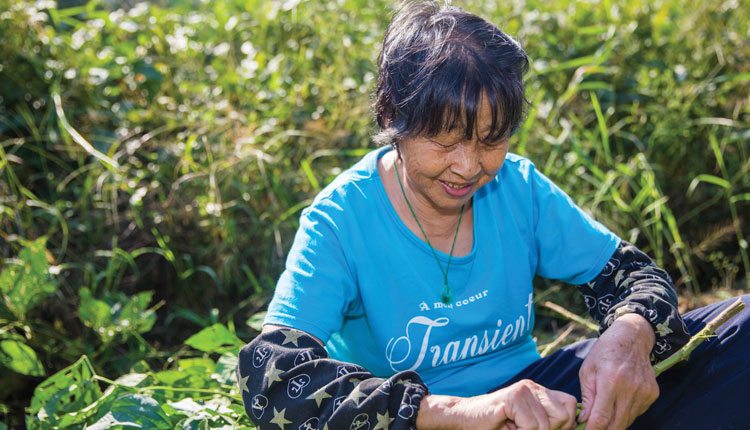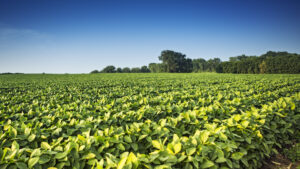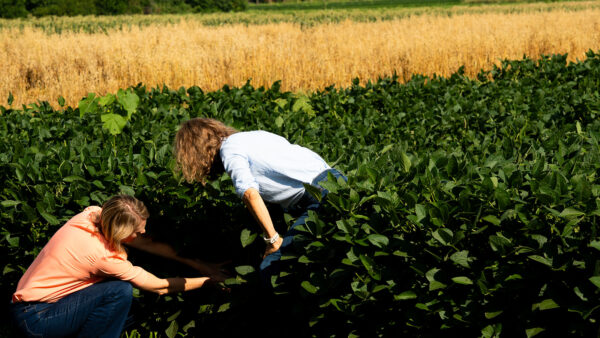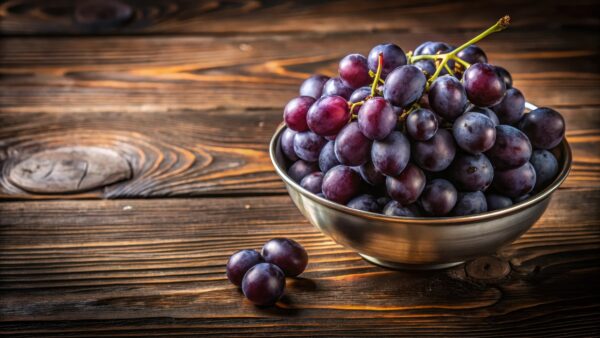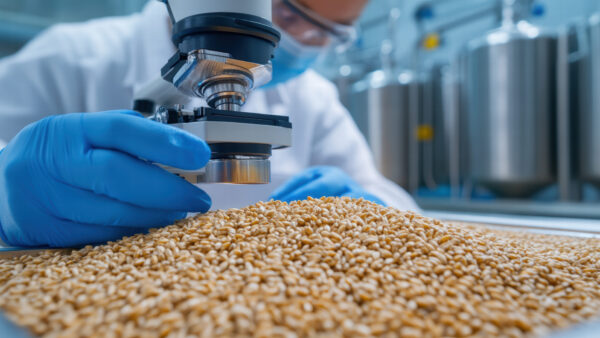Jeong-Dong Lee, a professor in the School of Applied Biosciences at Kyungpook National University, works to preserve wild soybeans.
These wild soybeans might possess multiple health benefits. “Wild soybeans generally have higher ALA (omega-3 alpha-linolenic acid) concentration than cultivated soybean,” Lee says. In general, cultivated soybeans contain 8 percent to 10 percent ALA. Wild soy can contain more than twice that amount.
“Essential fatty acids can have multiple positive health benefits, including reduction of cardiovascular disease and improved cognitive function,” Lee says.
In many Asian countries, the diet includes relatively high amounts of soybeans and soy products such as tofu, soy sprouts and soybean paste. Soybean oil is a key source of ALA; however, it oxidizes rapidly, leaving a bad flavor.
Increasing the ALA in soybean seed oil has become a major goal in food-grade soybean breeding, Lee explains, noting that soy’s wild relatives might help to lead the way.
Wild soybeans mostly grow in a broad area, including China, Japan and Korea. They have adapted to a variety of conditions, and the result is that these soybeans have a higher genetic diversity than their cultivated cousins. By recycling this diversity, wild soybeans’ genetics can be used to improve the properties of cultivated soybeans.
Lee’s study identified wild soybean varieties with the highest ALA percentages. In addition to higher ALA levels, he also tested for stability in different growing conditions. Scientists provided the lab plants with different soil types, fertility levels, amounts of moisture, salt concentrations and temperatures.
Researchers extracted seeds from each sample and analyzed the fatty acid content. Results showed several types of wild soybeans with high ALA concentrations that were stable across all environmental conditions tested.
Lee’s group is studying specific areas of wild soybean genome to pinpoint those areas responsible for high ALA production. He says this will assist in identifying a particular property of the crop, such as high ALA or tolerance to heat, salt, insects, disease and other challenges.
His work was published in Crop Science. Sources: American Society of Agronomy, Crop Science Society of America and Soil Science Society of America.


